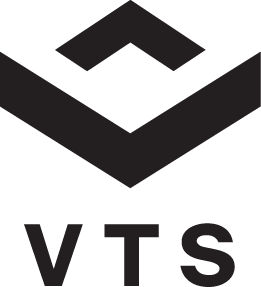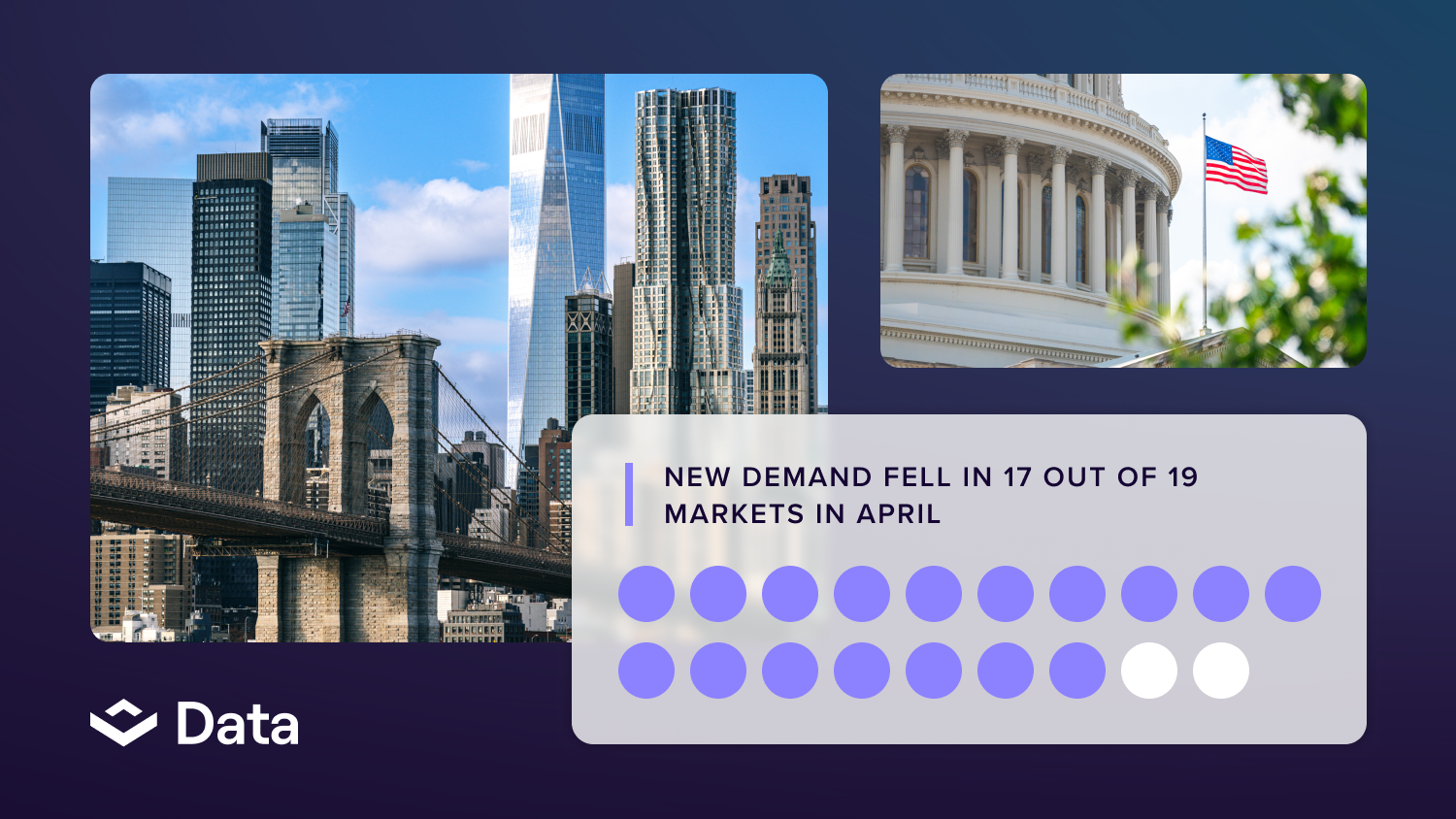Over the past few decades, one of the most significant trends in CRE has been the continued institutionalization of the asset class. Thirty years ago, real estate was rarely included in institutional portfolios. Real estate represented less than 2% of a portfolio and the majority of commercial real estate was owned by regional “mom-and-pop” shops.
Today is a very different world. With the rise of REIT structures, the CMBS market, and massively consolidated CRE investors, real estate now represents nearly 10% of institutional investment portfolios. That figure is expected to rise at an accelerating pace as investors increasingly look to CRE for yield. In 2016 alone, an additional $511B of new investment capital is expected to flow into commercial real estate, according to NAIOP:
Broad Portfolios and Complex Reporting
This institutionalization is having profound impacts on CRE, and the business of managing real estate is growing more challenging. Modern real estate portfolios are more complicated than ever before and are likely to have properties that span markets, asset classes, and investment strategies.
Additionally, modern investors — and their growing portfolios — are subject to new regulation and reporting requirements. The demand for visibility into investments and yield — by both the SEC and LPs — has increased the cadence and depth of portfolio reporting to an unprecedented level. Not only do CRE professionals need to report more often, but compiling those reports is increasingly complicated, often costing the organization hundreds of hours every quarter.
Inadequate Tools
Despite all this change, our tools of the trade have remained the same. While the rest of the world has embraced innovations in cloud, mobility, and big data, CRE is still managed out of Excel spreadsheets and 20-year old technology platforms. So, as we manage hugely complex and complicated portfolios, we still rely on the same methodologies that powered the once tiny portfolio of the “mom-and-pop” shops. It doesn’t take much to see that this misalignment of tools and problems is making the lives of many commercial owners difficult.
With static spreadsheets and phone calls as the primary tools for staying on top of activity, the current methods are now breaking down, making it increasingly difficult and error prone to maintain visibility into the performance of these portfolios. Many professionals are still relying on inadequate tools in a time when commercial owners need to make better decisions and have greater insight into the performance of their leasing teams and their assets (on both an individual asset and portfolio-wide level).
Change Awaits
But, the world is changing quickly. Many new companies and technologies have begun to bridge the gap between the tools and the problems. As a result, a new breed of CRE tech companies that combine deep domain expertise with modern software expertise are building modern sets of tools for the industry. VTS is just one example of them.
To see proof of this trend, you don’t need to look any further than the VC investments in real estate tech companies. That number is expected to rise beyond $800 million by the end of the year. These investments will fuel the rapid creation — and adoption — of new tools and processes that will help today’s commercial owners and brokers better tackle the current challenges of leasing and asset management. As a result, the future of CRE will be more technology and data-dependent.






